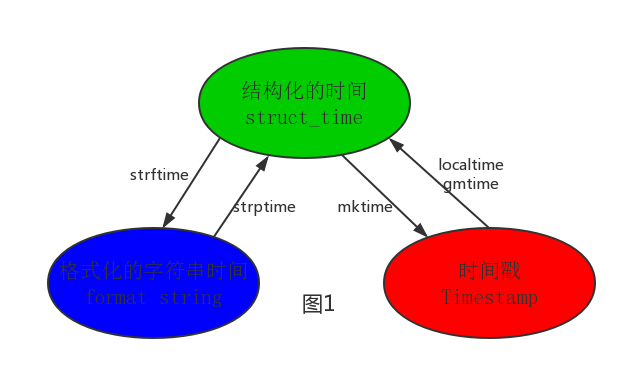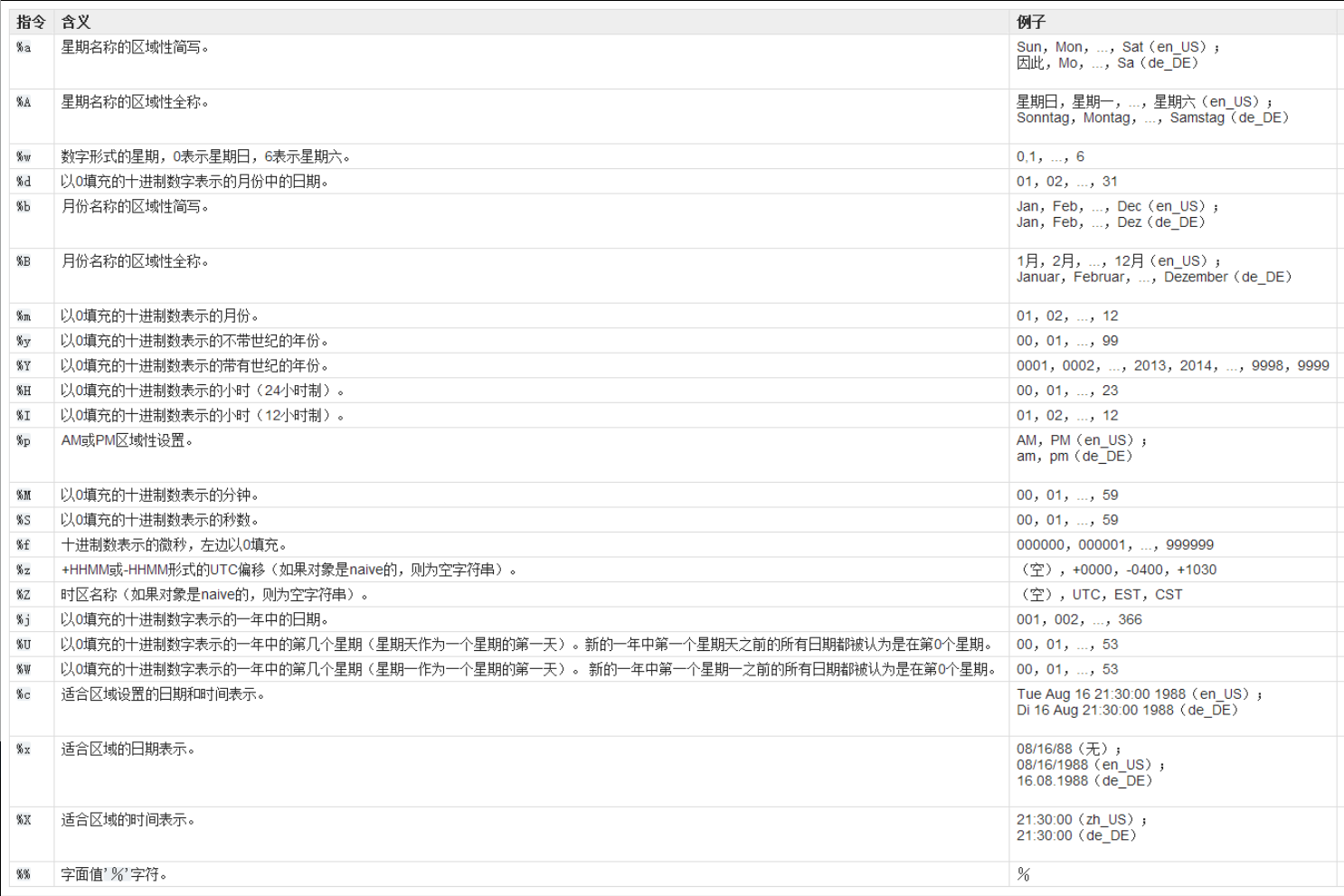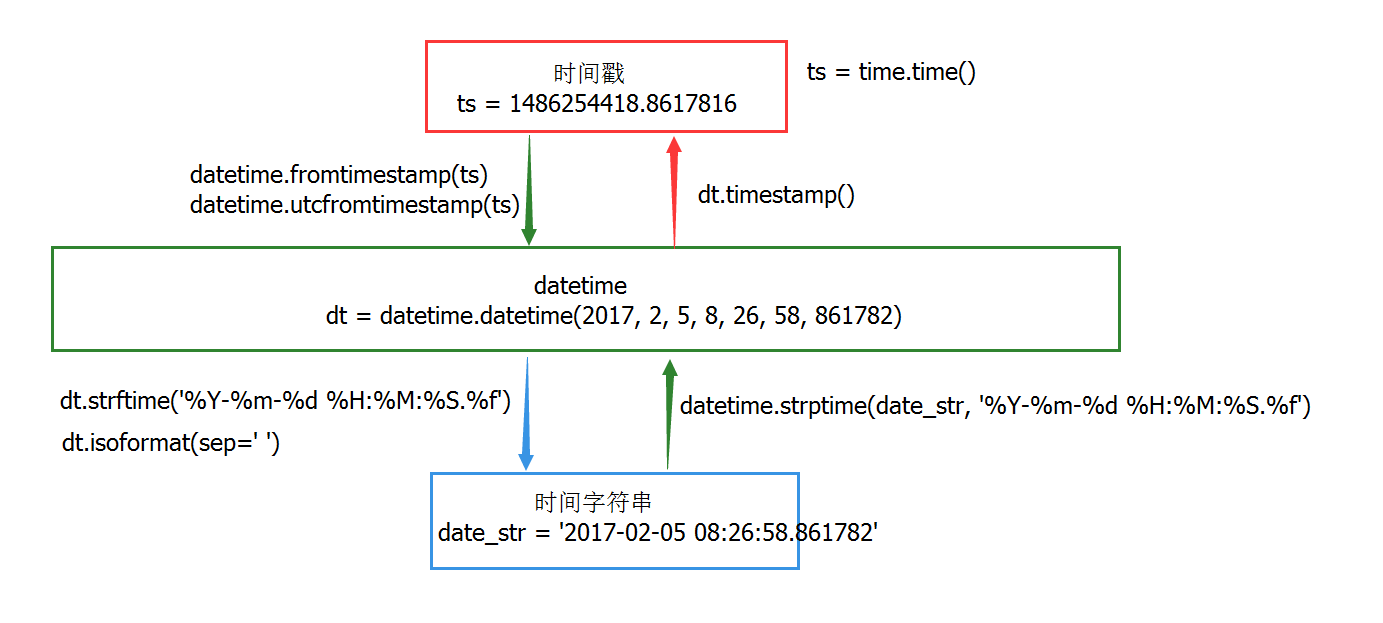configparser
配置文件a.cfg如下:
[section1]
k1 = v1
k2:v2
user=jack
age=18
is_admin=true
[section2]
k1 = v1
读取内容
import configparser
config=configparser.ConfigParser()
config.read('a.cfg')
#查看所有的标题
res=config.sections() #['section1', 'section2']
print(res)
#查看标题section1下所有key=value的key
options=config.options('section1')
print(options) #['k1', 'k2', 'user', 'age', 'is_admin', 'salary']
#查看标题section1下所有key=value的(key,value)格式
item_list=config.items('section1')
print(item_list) #[('k1', 'v1'), ('k2', 'v2'), ('user', 'egon'), ('age', '18'), ('is_admin', 'true'), ('salary', '31')]
#查看标题section1下user的值=>字符串格式
val=config.get('section1','user')
print(val) #jack
#查看标题section1下age的值=>整数格式
val1=config.getint('section1','age')
print(val1) #18
#查看标题section1下is_admin的值=>布尔值格式
val2=config.getboolean('section1','is_admin')
print(val2) #True
#查看标题section1下salary的值=>浮点型格式
val3=config.getfloat('section1','salary')
print(val3) #31.0
改写
import configparser
config = configparser.ConfigParser()
config.read('a.cfg',encoding='utf8')
config.remove_section('section2')
config.remove_option('section1', 'k1')
config.add_section('section3')
config.set('section3', 'niefeng','wudi')
config.write(open('b.cfg', 'w', encoding='utf8'))
logging
日志级别
CRITICAL = 50 #FATAL = CRITICAL
ERROR = 40
WARNING = 30 #WARN = WARNING
INFO = 20
DEBUG = 10
默认级别为warning,默认打印到终端
logging全局配置,针对所有logger有效
import logging
logging.basicConfig(filename='access.log',
format='%(asctime)s - %(name)s - %(levelname)s -%(module)s: %(message)s',
datefmt='%Y-%m-%d %H:%M:%S',
level=10
)
logging.debug('debug')
logging.info('info')
logging.warning('warn')
logging.error('error')
logging.critical('critical')
logging.basicConfig配置参数
可在logging.basicConfig()函数中可通过具体参数来更改logging模块默认行为,可用参数有
filename:用指定的文件名创建FiledHandler(后边会具体讲解handler的概念),这样日志会被存储在指定的文件中。
filemode:文件打开方式,在指定了filename时使用这个参数,默认值为“a”还可指定为“w”。
format:指定handler使用的日志显示格式。
datefmt:指定日期时间格式。
level:设置rootlogger(后边会讲解具体概念)的日志级别
stream:用指定的stream创建StreamHandler。可以指定输出到sys.stderr,sys.stdout或者文件,默认为sys.stderr。若同时列出了filename和stream两个参数,则stream参数会被忽略。
format参数中可能用到的格式化串:
%(name)s Logger的名字
%(levelno)s 数字形式的日志级别
%(levelname)s 文本形式的日志级别
%(pathname)s 调用日志输出函数的模块的完整路径名,可能没有
%(filename)s 调用日志输出函数的模块的文件名
%(module)s 调用日志输出函数的模块名
%(funcName)s 调用日志输出函数的函数名
%(lineno)d 调用日志输出函数的语句所在的代码行
%(created)f 当前时间,用UNIX标准的表示时间的浮 点数表示
%(relativeCreated)d 输出日志信息时的,自Logger创建以 来的毫秒数
%(asctime)s 字符串形式的当前时间。默认格式是 “2003-07-08 16:49:45,896”。逗号后面的是毫秒
%(thread)d 线程ID。可能没有
%(threadName)s 线程名。可能没有
%(process)d 进程ID。可能没有
%(message)s用户输出的消息
logger对象配置
import logging
# 1、logger对象:负责产生日志,然后交给Filter过滤,然后交给不同的Handler输出
# admin 表示日志的记录者,也可以用程序名__file__
logger=logging.getLogger('admin')
#2、Filter对象:不常用,略
#3、Handler对象:接收logger传来的日志,然后控制输出
h1=logging.FileHandler('t1.log',mode='a+') #打印到文件
h2=logging.FileHandler('t2.log', mode='a+') #打印到文件
h3=logging.StreamHandler() #打印到终端
#4、Formatter对象:日志格式
formmater1=logging.Formatter('%(asctime)s - %(name)s - %(levelname)s -%(module)s: %(message)s',
datefmt='%Y-%m-%d %H:%M:%S %p',)
formmater2=logging.Formatter('%(asctime)s : %(message)s',
datefmt='%Y-%m-%d %H:%M:%S %p',)
formmater3=logging.Formatter('%(name)s %(message)s',)
#5、为Handler对象绑定格式
h1.setFormatter(formmater1)
h2.setFormatter(formmater2)
h3.setFormatter(formmater3)
#6、将Handler添加给logger并设置日志级别
logger.addHandler(h1)
logger.addHandler(h2)
logger.addHandler(h3)
logger.setLevel(10)
# 7、测试
logger.debug('debug')
logger.info('info')
logger.warning('warning')
logger.error('error')
logger.critical('critical')
使用时候应该注意:logger是第一级过滤,只有等级大于等于logger的等级然后才能到handler,我们可以给logger和handler同时设置level
生产使用
方式一
conf 目录下的settings.py
import os
# 定义三种日志输出格式 开始
standard_format = '[%(asctime)s][%(threadName)s:%(thread)d][task_id:%(name)s][%(filename)s:%(lineno)d]'
'[%(levelname)s][%(message)s]' #其中name为getlogger指定的名字
simple_format = '[%(levelname)s][%(asctime)s][%(filename)s:%(lineno)d]%(message)s'
# simple_format = '%(asctime)s %(filename)s[line: %(lineno)d] %(levelname)s: %(message)s'
id_simple_format = '[%(levelname)s][%(asctime)s] %(message)s'
# 定义日志输出格式 结束
# 程序文件主目录
BASE_DIR = os.path.dirname(os.path.dirname(os.path.abspath(__file__)))
logfile_dir = os.path.join(BASE_DIR, 'logs') # log文件的目录
logfile_name = 'my.log' # log文件名
# 如果不存在定义的日志目录就创建一个
if not os.path.isdir(logfile_dir):
os.mkdir(logfile_dir)
# log文件的全路径
logfile_path = os.path.join(logfile_dir, logfile_name)
# log配置字典
LOGGING_DIC = {
'version': 1,
'disable_existing_loggers': False,
'formatters': {
'standard': {
'format': standard_format
},
'simple': {
'format': simple_format
},
},
'filters': {},
'handlers': {
#打印到终端的日志
'console': {
'level': 'DEBUG',
'class': 'logging.StreamHandler', # 打印到屏幕
'formatter': 'simple'
},
#打印到文件的日志,RotatingFileHandler 的意思是"旋转",表示日志最多保留backupCount个最新的日志,旧日志会被删除替换
'default': {
'level': 'DEBUG',
'class': 'logging.handlers.RotatingFileHandler', # 保存到文件
'formatter': 'standard',
'filename': logfile_path, # 日志文件
'maxBytes': 1024*1024*5, # 日志最大大小 5M
'backupCount': 5, # 随着日志的生成,最终只保留最新的5个日志文件,如my.log.1 my.log.2等
'encoding': 'utf-8', # 日志文件的编码,再也不用担心中文log乱码了
},
},
'loggers': {
#logging.getLogger(__name__)拿到的logger配置,根据 __name__ 得到的字符串为key去这个字典取logger对象,''表示字典没有对应的key就走这个默认值
'': {
'handlers': ['default', 'console'], # 这里把上面定义的两个handler都加上,即log数据既写入文件又打印到屏幕
'level': 'DEBUG', # loger 对象的等级
'propagate': True, # 向上(更高level的logger)传递
},
},
}
utils目录下的log.py
import logging.config
from conf import settings
def get_loger():
logging.config.dictConfig(settings.LOGGING_DIC) # 导入上面定义的logging配置
logger = logging.getLogger() # 生成一个log实例
return logger
settings里的配置已经在内部实现了单例模式,所以在不同线程调用调用get_loger():,得到的logger对象都是同一个
方式二
log.py
import os
import logging
from config import settings
class Logger(object):
__instance = None
def __init__(self):
self.run_log_file = settings.RUN_LOG_FILE
self.error_log_file = settings.ERROR_LOG_FILE
self.run_logger = None
self.error_logger = None
self.initialize_run_log()
self.initialize_error_log()
def __new__(cls, *args, **kwargs):
if not cls.__instance:
cls.__instance = object.__new__(cls, *args, **kwargs)
return cls.__instance
@staticmethod
def check_path_exist(log_abs_file):
log_path = os.path.split(log_abs_file)[0]
if not os.path.exists(log_path):
os.mkdir(log_path)
def initialize_run_log(self):
self.check_path_exist(self.run_log_file)
file_1_1 = logging.FileHandler(self.run_log_file, 'a', encoding='utf-8')
fmt = logging.Formatter(fmt="%(asctime)s - %(levelname)s : %(message)s")
file_1_1.setFormatter(fmt)
logger1 = logging.Logger('run_log', level=logging.INFO)
logger1.addHandler(file_1_1)
self.run_logger = logger1
def initialize_error_log(self):
self.check_path_exist(self.error_log_file)
file_1_1 = logging.FileHandler(self.error_log_file, 'a', encoding='utf-8')
fmt = logging.Formatter(fmt="%(asctime)s - %(levelname)s : %(message)s")
file_1_1.setFormatter(fmt)
logger1 = logging.Logger('run_log', level=logging.ERROR)
logger1.addHandler(file_1_1)
self.error_logger = logger1
def log(self, message, mode=True):
"""
写入日志
:param message: 日志信息
:param mode: True表示运行信息,False表示错误信息
:return:
"""
if mode:
self.run_logger.info(message)
else:
self.error_logger.error(message)
time和datetime


结构化时间用来计算,格式化的字符串用来显示,时间戳是给计算机看的

import datetime
# print(datetime.datetime.now()) #返回 2016-08-19 12:47:03.941925
#print(datetime.date.fromtimestamp(time.time()) ) # 时间戳直接转成日期格式 2016-08-19
# print(datetime.datetime.now() )
# print(datetime.datetime.now() + datetime.timedelta(3)) #当前时间+3天
# print(datetime.datetime.now() + datetime.timedelta(-3)) #当前时间-3天
# print(datetime.datetime.now() + datetime.timedelta(hours=3)) #当前时间+3小时
# print(datetime.datetime.now() + datetime.timedelta(minutes=30)) #当前时间+30分
# c_time = datetime.datetime.now()
# print(c_time.replace(minute=3,hour=2)) #时间替换